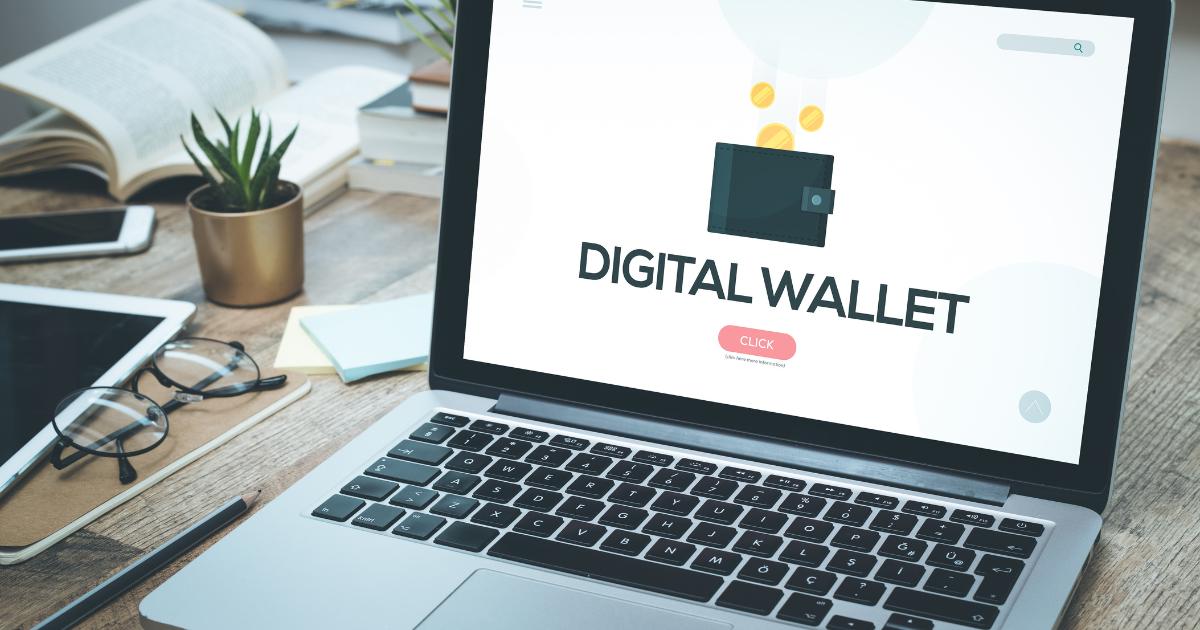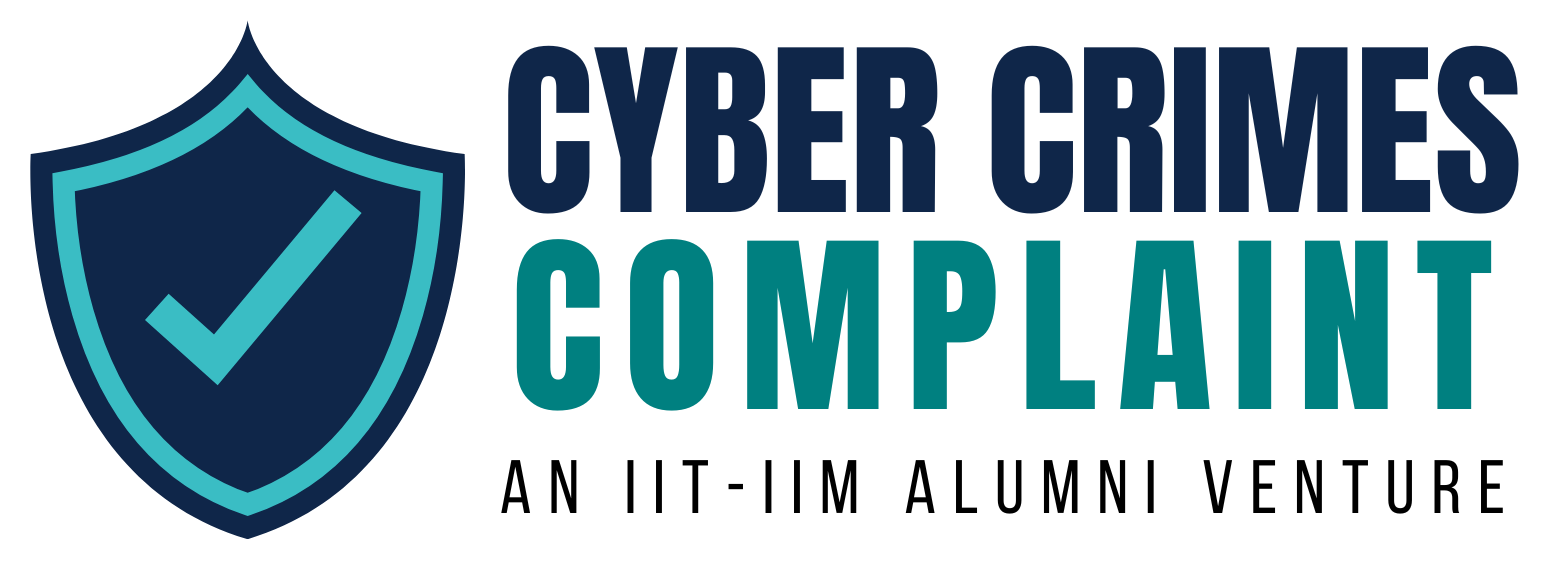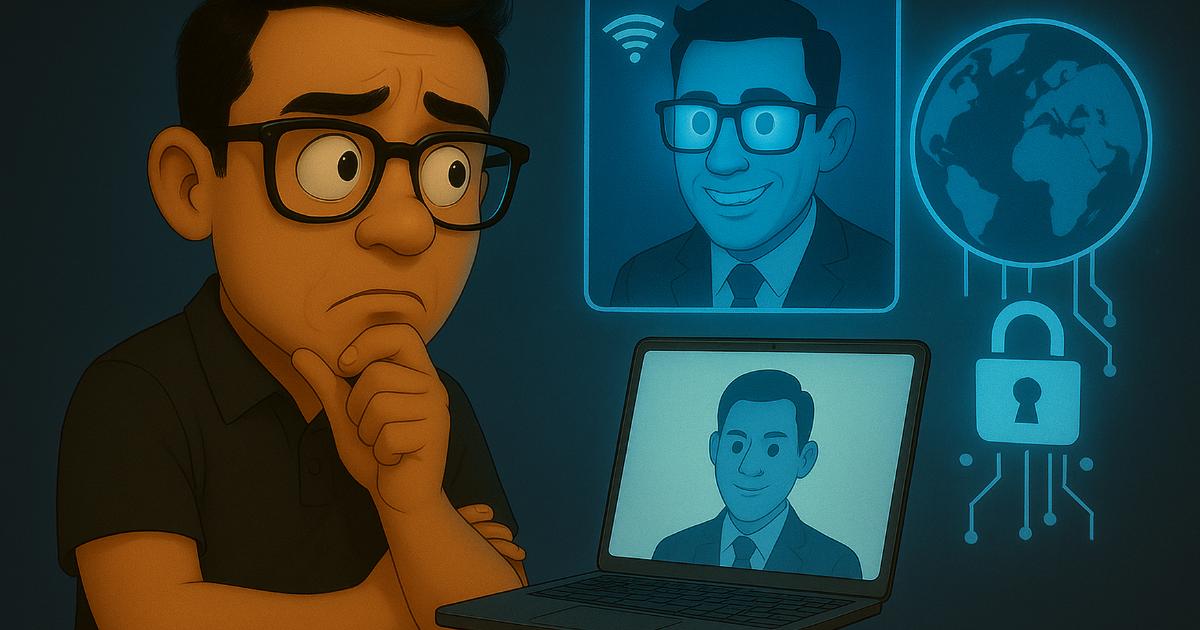· Cyber Threats · 4 min read
How to Safeguard Your Digital Wallet from Cyber Threats
Discover essential tips to safeguard your digital wallet from cyber threats, hacking, and online fraud. Learn how to keep your financial data safe and secure.

In today’s increasingly digital financial landscape, protecting your digital wallet has become as essential as securing your physical one. With the rise of cryptocurrencies, mobile payment platforms, and online banking, digital wallets have become prime targets for cybercriminals. This comprehensive guide explores the most effective strategies to safeguard your digital assets from the ever-evolving landscape of cyber threats.
Understanding Digital Wallet Vulnerabilities
Before implementing security measures, it’s crucial to understand the primary threats targeting digital wallets:
Common Attack Vectors
Phishing Attacks: Deceptive emails, messages, or websites designed to steal login credentials or private keys.
Malware: Specialized software that can monitor keystrokes, capture screenshots, or directly access wallet files.
SIM Swapping: Attackers convince mobile carriers to transfer your phone number to their device, bypassing SMS-based two-factor authentication.
Public Wi-Fi Exploits: Intercepting data transmitted over unsecured networks.
Social Engineering: Manipulating users into divulging confidential information through impersonation or deception.
Exchange Hacks: Vulnerabilities in cryptocurrency exchanges or payment platforms that store your assets.
Browser Extensions: Malicious add-ons that can monitor activity or inject code to redirect transactions.
Essential Security Practices
1. Strong Authentication Protocols
Implement Multi-Factor Authentication (MFA)
Enable MFA wherever available, preferably using authenticator apps rather than SMS
Consider hardware security keys like YubiKey or Titan Security Key for highest security
Never reuse authentication methods across different platforms
Create Robust Passwords
Use password managers like 1Password, LastPass, or Bitwarden
Generate unique, complex passwords of at least 16 characters
Change passwords regularly, especially after security incidents
2. Wallet-Specific Security Measures
For Cryptocurrency Wallets
Consider hardware wallets (Ledger, Trezor) for storing significant assets
Implement a cold storage solution for long-term holdings
Use multi-signature wallets requiring multiple private keys for transactions
Never store private keys in cloud services or unencrypted digital formats
For Mobile Payment Apps
Enable app-level PIN codes or biometric authentication
Disable automatic login features
Link to credit cards rather than bank accounts when possible
Regularly review connected payment methods
For Banking Applications
Use official apps only, downloaded from authorized app stores
Enable real-time transaction notifications
Set daily transaction limits
Regularly update account recovery information
3. Device Security
Keep Software Updated
Install operating system updates immediately
Update wallet applications and financial apps promptly
Enable automatic updates where available
Enhance Device Protection
Use full-disk encryption
Enable remote wiping capabilities
Install reputable anti-malware software
Consider dedicated devices for high-value transactions
4. Network Security
Secure Your Internet Connection
Avoid conducting financial transactions on public Wi-Fi
Use a VPN with strong encryption for additional security
Verify HTTPS connections when accessing financial websites
Consider a dedicated secure network for financial activities
Router Security
Change default router credentials
Update router firmware regularly
Enable WPA3 encryption when available
Set up guest networks for visitors
5. Safe Transaction Practices
Verify Before Confirming
Double-check recipient addresses before sending funds
Verify transaction details on a secondary device when possible
Start with small test transactions when using new services
Be wary of unexpected fee changes or transaction urgency
Monitor Accounts Regularly
Set up transaction alerts for all accounts
Review account statements weekly
Use financial aggregator apps with read-only access
Check for unauthorized devices or sessions
Advanced Protection Strategies
Air-Gapped Computing
For high-value assets, consider an air-gapped approach:
Use computers never connected to the internet
Transfer signed transactions via QR codes or USB drives
Physically isolate critical private keys or seed phrases
Decentralized Identity Solutions
Explore emerging identity protection technologies:
Self-sovereign identity frameworks
Zero-knowledge proofs for authentication
Decentralized identifiers (DIDs)
Secure Backup Systems
Implement comprehensive backup strategies:
Encrypt backups with strong passwords
Store copies in multiple physically secure locations
Consider metal seed phrase storage for cryptocurrency wallets
Test recovery procedures regularly
Responding to Security Breaches
Despite best efforts, breaches can occur. Have an action plan ready:
Immediate Containment
Disconnect compromised devices from networks
Change passwords from a secure device
Contact financial institutions to freeze accounts
Forensic Assessment
Determine the attack vector
Identify affected accounts and assets
Document the timeline and evidence
Recovery Protocol
Restore from secure backups
Reset authentication credentials
Rebuild security infrastructure with lessons learned
Reporting
File reports with relevant financial institutions
Contact law enforcement for significant theft
Report to cybersecurity authorities to help others
Staying Informed
The security landscape evolves constantly. Stay updated through:
Cybersecurity newsletters and blogs
Official communications from wallet providers
Security communities and forums
Professional security audits and consultations
Securing your digital wallet requires a multi-layered approach combining technical solutions with vigilant practices. By implementing these strategies, you significantly reduce the risk of unauthorized access and potential financial loss. Remember that security is not a one-time implementation but an ongoing process of adaptation and improvement.
As digital assets continue to grow in importance, the effort invested in securing them becomes increasingly valuable. Stay proactive, informed, and cautious to ensure your digital financial future remains protected from the evolving landscape of cyber threats.


